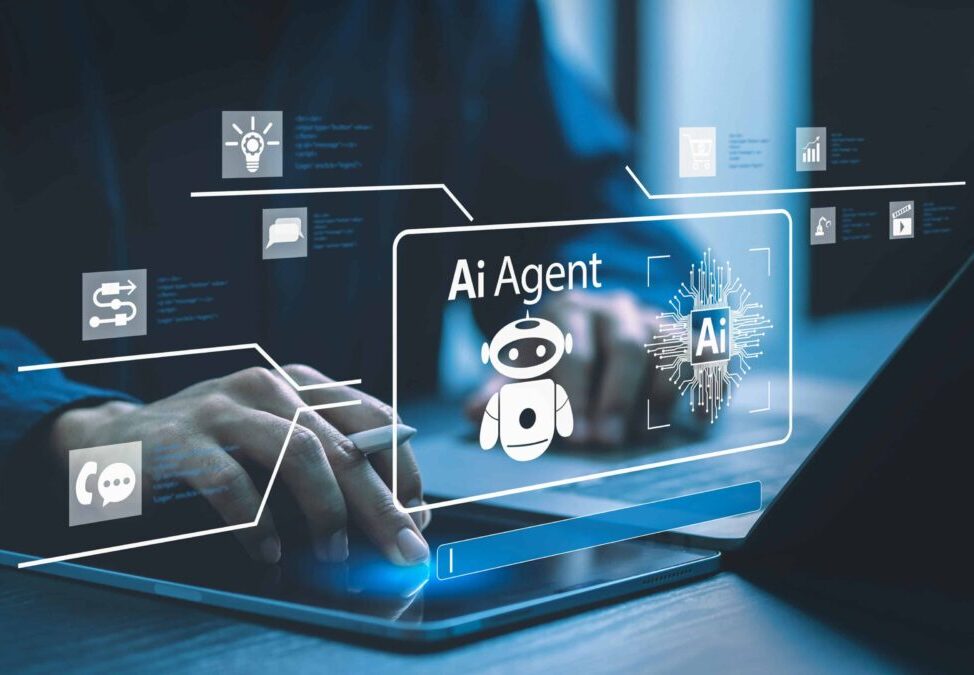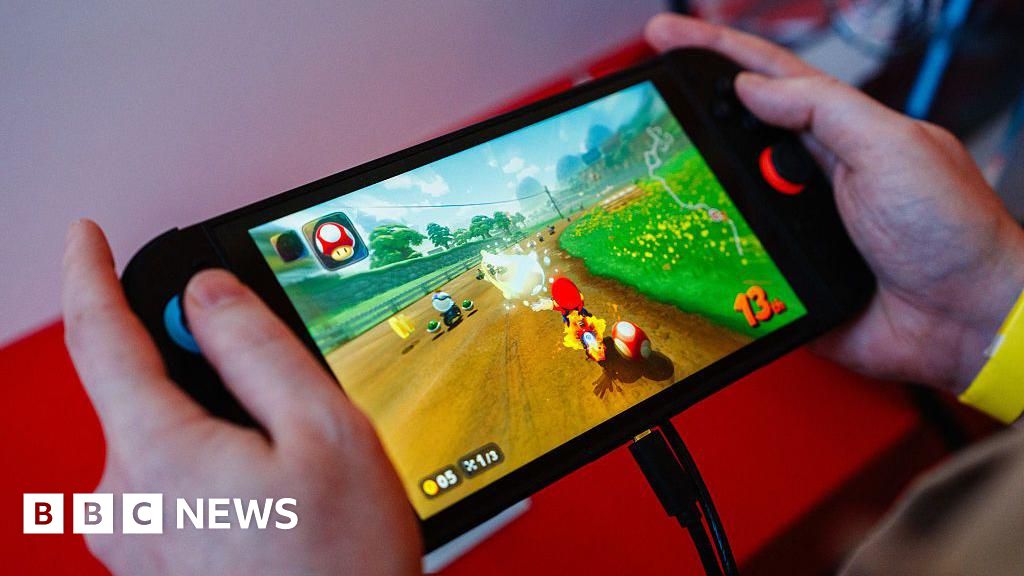Most employees want their organizations to introduce new technology as long as they “use said tech for good,” according to a recent Qualtrics employee experience study of 37,000 global employees.
But what do those employees mean by “good”?
Qualtrics found out that workers seek improved employee experience and career growth, as well as tools to help them meet their goals, learn and develop professionally. On the other hand, employees don’t seem to want AI to be used in performance management or hiring decisions, according to the Qualtrics report.
Employee experience should meet expectations
While AI isn’t going to be welcome in every situation, HR teams and employers must address it now. After hearing so much about artificial intelligence and gen AI, employees have big expectations. Productivity, task delegation and time for more energizing work prospects headline the dreams of workers who have heard the promises of AI. “This technology promises speedy and large-scale solutions, assisting HR teams in addressing ongoing issues like hiring, retention and company culture,” says Ronni Zehavi, co-founder and CEO at human resource platform HiBob.
Zehavi recognizes that there is growing pressure on businesses to adapt to and adopt AI-driven tools. However, he says, it is a waste of time for HR teams as well as employee users to funnel resources into a tool that is delivering something people don’t need or want.
He suggests identifying real business needs before integrating new tools, which must blend innovation with user-friendly interfaces. “This balance is not only to ensure widespread use of technology but also to genuinely benefit everyone in the workforce,” he says.
Nothing less than consumer-grade
Technology analyst firm Valoir predicts that 2024 will deliver a closer integration of customer experience (CX) and employee experience (EX) in the coming year. With the overlap of customer experience vendors and HR-focused companies, a convergence of the two worlds could be on the fast track.
Valoir predicts that vendors that play in both markets—such as contact center vendors with workforce management capabilities—will take advantage of their data and experience to make more measurable links between CX and EX.
People crave consumer-grade tools, and this could be the year that workplace functions start to look more like the apps people love to use in their daily lives, says industry analyst Josh Bersin. During HR Tech in October, he told HRE that “the lesson we can learn about AI from the consumer side is, if we can make this stuff easy to use, the consumption is going to go crazy, and it’s going to add huge amounts of value to organizations.”
A shift in employee listening
In a surprising forecast, Valoir predicts the decline of traditional surveys to determine what people want from their technology. “Whether it’s ‘voice of the customer’ or ‘voice of the employee,’ most surveys stink,” according to the report. CX and EX teams are projected to rely on more immediate ways of gathering insights, moving away from backward-looking data collection efforts. Real-time voice and sentiment analysis are expected to rise in popularity, reducing the “survey burden.”
According to Qualtrics, “employees expect to be heard,” and the report shows that some people are even willing to open up their work email and Slack messages if that helps convey their disposition. This shift aligns with the growing trend of analyzing sentiment and interactions rather than relying on surveys or polls.
Don’t just listen—do something
However, this comes with a caveat. The Qualtrics report directs HR leaders to prep their organizations for the “next era” of employee experience, built on new listening formats with artificial intelligence. Follow that up with a roadmap that addresses or delivers outcomes to employees and functions with transparency and trust throughout the process.
Employers that say they are using tech to listen to employees should be prepared to take action that improves the organization as a whole, “but also to benefit people first and foremost,” as the Qualtrics study notes.
The HR function, which Qualtrics calls a “critical growth driver,” should synthesize employee desires and business leader expectations to achieve the year’s business goals. And beyond that, says the report, foster a workforce that “intends to stay with your organization, advocates for your values and creates memorable experiences for your customers.”
Credit: Source link









